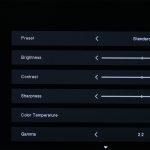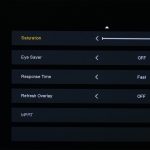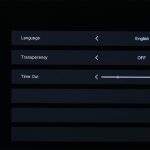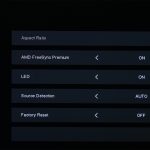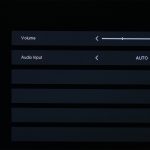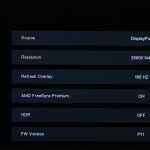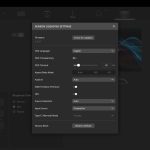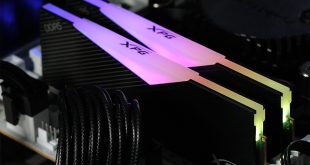As this is Corsair's first gaming monitor, we weren't quite sure what to expect from the OSD. As it turns out, it is clearly laid out and easy to use, with six main tabs housing all the settings.
These are: Picture, OSD Setting, System Setting, Audio, Input Source, Information…
One thing I would say about this OSD system, despite its clean UI and the fact it is easily navigable thanks to the joystick, is that it does appear to be missing a few creature comforts gamers would expect from the likes of AOC, ASUS ROG, LG and so on. As this is Corsair's first monitor, we can understand that ‘nice to have features' aren't necessarily the top priority, but some users may notice the absence of things like an on-screen crosshair, shadow boost or a live readout of system metrics.
It's also not possible to remap the OSD shortcuts – i.e. if you push upwards on the joystick before entering the main OSD menu, you can quickly adjust display brightness. Pushing left bright up volume, right brings up display preset modes. It's good that functionality is there, but I'd like to change what each shortcut does.
Being a Corsair monitor, it's only natural that the Xeneon offers iCUE integration – simply connect a USB cable (either Type-A or Type-C output) to the USB-C input on the monitor, and the Xeneon will appear on your iCUE homepage.
As to what you can tweak and change in iCUE – it's exactly the same settings that are adjustable via the on-screen OSD, only now you can change those settings directly within Windows.
This is fine, but I do feel that Corsair is missing a trick somewhat. I would have liked to see stronger integration with iCUE, giving users extra control that isn't available in the OSD – being able to add custom overlays or crosshairs for instance, or have tweakable overdrive settings that give more control than the three pre-defined presets.
There are more integration features on offer if you have an Elgato Stream Deck or Corsair Nexus, which allow you to change key parameters using said devices (such as toggling between different picture mode presets or adjusting gamma) which is certainly a good addition if you already own those peripherals – but for me the level of control on offer within iCUE itself could be stronger.
 KitGuru KitGuru.net – Tech News | Hardware News | Hardware Reviews | IOS | Mobile | Gaming | Graphics Cards
KitGuru KitGuru.net – Tech News | Hardware News | Hardware Reviews | IOS | Mobile | Gaming | Graphics Cards
